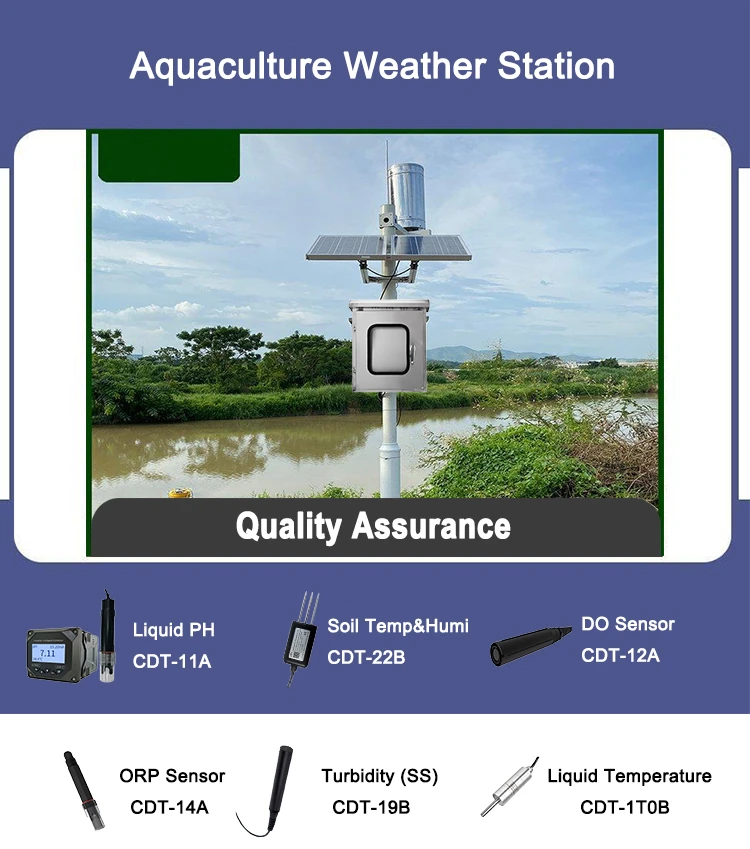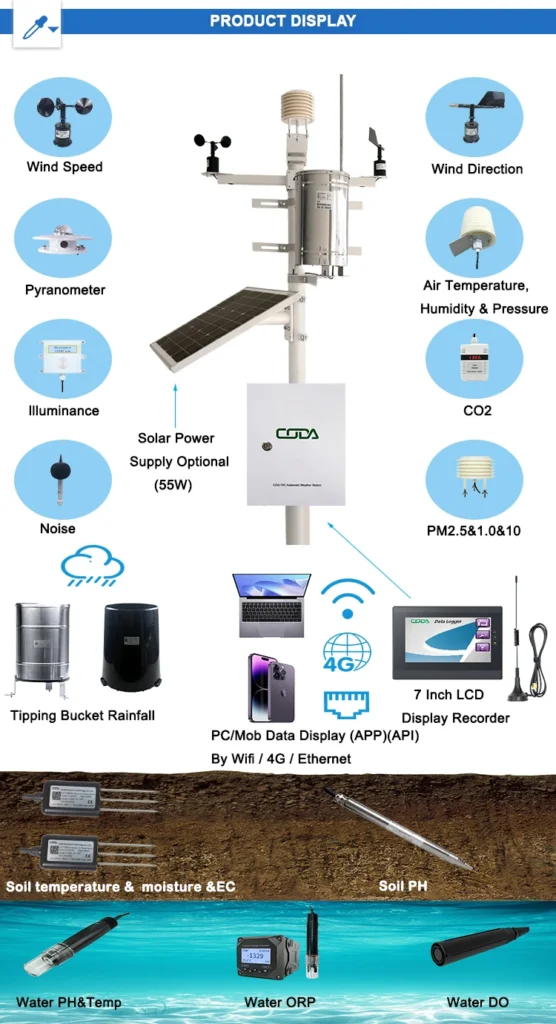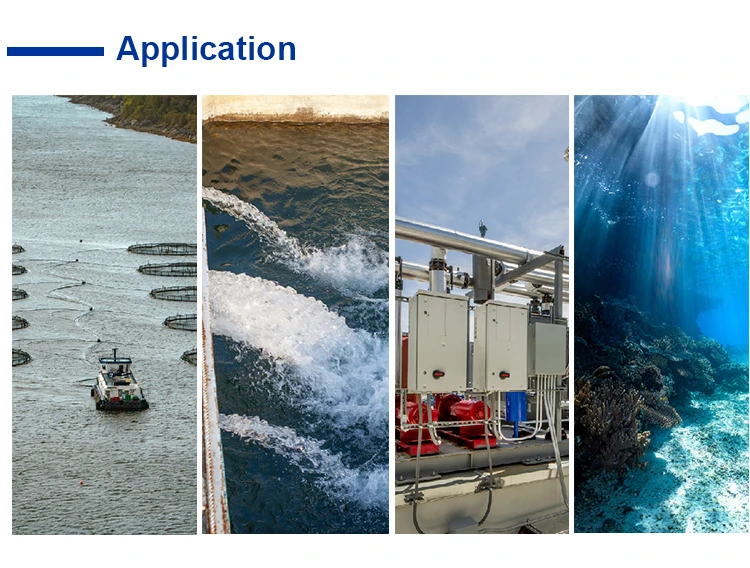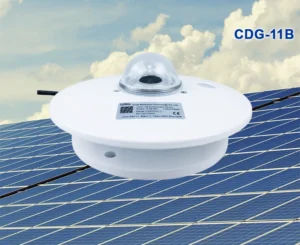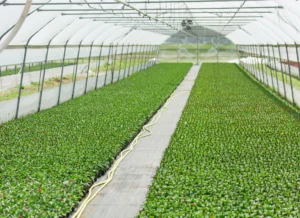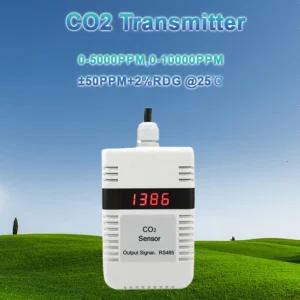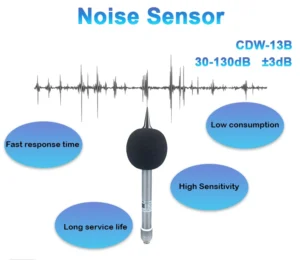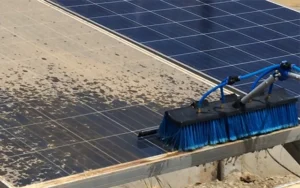Five Key Methods for Monitoring Water Quality Effectively
Water quality is very important for healthy ecosystems. It helps keep people healthy and supports jobs and businesses. As pollution and climate change grow, we need strong water quality monitoring now more than ever.
Effective monitoring helps find pollutants early. It makes sure we meet environmental standards. This helps keep our natural resources safe and protects public health.
This guide shows important ways to check water quality. It shows how to use these methods. It also talks about their good and bad points.
Let’s look at these methods to learn how to protect our water resources. We want them to be safe and good for the environment.
Advanced Sensors and Monitoring Technologies
New sensors and monitoring tools have changed how we check water quality. These new tools give ongoing, real-time data. This is different from traditional methods that rely on slow lab tests and rare sampling. This helps us respond quickly to changes in water quality.
Advanced sensors can measure key factors. These include pH levels, how cloudy the water is, oxygen levels, and the amount of nutrients.
This makes it easier for us to check the quality of water. They can be used in many ways. This includes portable devices and fixed monitoring stations.
Remote sensing technologies and satellite images can cover large areas. This makes them very useful for watching big water bodies like rivers, lakes, and reservoirs.
The Internet of Things (IoT) makes these devices even better. You can upload real-time data to cloud platforms. This allows for better analysis over time. It gives stakeholders useful insights.
These technologies help in several ways. They check the water that comes from farms. And they keep an eye on how wastewater is treated. They also check the health of natural water systems.
However, advanced sensors come with certain drawbacks. High initial costs and ongoing maintenance needs can be tough for smaller organizations or communities with limited funds. Proper calibration and accurate data interpretation are key for reliability.
This often needs specialized skills. Even with these challenges, the benefits are much greater than the limits. They provide better efficiency, accuracy, and improved water quality management compared to old methods.
Biological Monitoring Techniques
Biological monitoring checks water quality by looking at aquatic organisms. These organisms show how healthy the ecosystem is. It looks at the different types and numbers of species, like macroinvertebrates.
These creatures are very sensitive to changes in the environment. This method gives helpful information about the health of an ecosystem. It does not focus on certain chemical pollutants.
One of the main strengths of biological monitoring is its broad approach. Biological assessments show how different factors affect a water body. This is not the same as chemical tests. Chemical tests look at certain pollutants.
Some species do well in clean environments. Some can do well in polluted places. By studying these patterns, researchers can find trends of decline or improvement in aquatic ecosystems.
Employing Chemical Analysis Methods
Chemical analysis is a traditional but essential way to check water quality. This method includes taking water samples and doing lab tests. These tests help find specific contaminants and check the overall water chemistry.
Key factors can be measured with standard methods. Here’s a simplified version of the sentence:
– These factors include metals that are heavy.
– They also have nutrients such as nitrogen and phosphorus.
– Chemical oxygen demand (COD) is another factor.
– Total dissolved solids (TDS) are included too.
Chemical analysis provides clear and measurable data. It is important to meet water quality standards set by environmental agencies. This method allows for detailed measurements of pollutants.
It helps find out where pollutants come from. It also looks at the risks to human health and water ecosystems. Industries that put waste in water must conduct regular chemical tests. This helps them follow rules, avoid large fines, and protect the environment.
This method works well, but it has some limits. Testing in a lab takes a lot of time and money. This often leads to delays in reporting results.
It might also miss short-term pollutants that sometimes get into water systems. This includes chemicals that come from farms during some weather events.
These factors make it hard to see the complete picture of occasional or seasonal contamination. The cost of lab testing can be a big challenge for smaller organizations with limited funds.
To address these challenges, we should add chemical analysis to a bigger monitoring system. This system should use biological assessments and sensors that work in real-time. This method helps us see changes in water quality. It also helps with better ways to manage resources.
Integrating Community-Based Monitoring Programs
Community-based monitoring programs help local residents take an active role in checking and protecting water quality. This approach trains community members to gather, study, and share data about local water sources. These programs involve residents and help them learn about water quality issues. They also help people feel responsible for protecting the environment.
These initiatives can take many forms. They include citizen science projects that collect data over time and community clean-up efforts. Local participants provide important data that is specific to their location and may not be found elsewhere.
By doing this, they help monitor how local activities affect water quality. These activities include building cities, farm runoff, and changes in rainfall patterns.
The advantages of community-based monitoring extend beyond data collection. These programs help people in communities learn about and deal with local environmental issues. They also encourage openness and teamwork.
This lets communities see how their actions affect water quality. They can team up to find answers. The data collected can support formal monitoring efforts. It gives clear information about local water patterns.
This method does have some challenges. The quality of data collected by untrained volunteers can vary. It can be hard to use the same sampling methods each time.
Proper training and using standard protocols are important. They help make sure the data collected is reliable and useful.
Community-based monitoring programs are a strong tool. They help raise awareness. And they encourage care for resources. They help keep water quality managed in traditional ways.
Evaluating and Responding to Climate Change Effects
Climate change has a big impact on water quality. It changes things like temperature, rainfall patterns, and how often extreme weather occurs. As water temperatures go up and rain becomes less regular, more pollutants can show up.
This can harm the health of our water resources. It is important to include climate change in water quality monitoring. We need to use strategies that assess these changing trends and adjust to them.
A key part of adapting to these changes is setting up long-term monitoring programs. These programs check water quality based on climate changes. Historical data can help us find patterns related to climate changes.
This information is important for creating future management plans. Predictive modeling tools can give useful forecasts. This helps people get ready for possible effects.
Keeping track of water temperatures is very important. Warmer water can lead to harmful algal blooms. These flowers can be toxic and lower oxygen levels in water ecosystems.
Regularly checking these dynamics helps with decision-making. This helps policymakers make quick rules or plans to lower risks.
To tackle climate change effects on water quality, we need to plan ahead and manage changes. Monitoring alone is not enough.
– Build strong infrastructure to manage flooding.
– Use good farming practices to reduce runoff.
– Restore wetlands to improve natural water filtration.
Including climate change in water quality efforts shows a forward-thinking view. It acknowledges the link between water quality and larger environmental issues. By focusing on adaptation and sustainability, we can help protect our water resources for future generations.
In summary
Good water quality monitoring is important. It helps protect public health, keep ecosystems safe, and meet environmental standards. Using new sensor technology, biological assessments, chemical analysis, stakeholder involvement, and climate adaptation helps create better water quality management strategies.
We can make real progress in giving everyone clean and safe water. We will use all the methods and tools we have to reach this goal.
